How to Treat A Dead Tree? 4 Different Ways

Dead trees have no place in your yard, as they pose risks to other landscaping elements and can detract from the overall aesthetic appeal. Therefore, what actions should you take regarding a dead tree?
Removing the dead tree is an essential first step, but there are numerous possibilities to consider afterward. Whether you aim to embark on a woodworking project or completely eliminate the tree, it is important to choose a course of action. Let us explore the various options for determining the ultimate fate of your tree.
Why Do Trees Die?
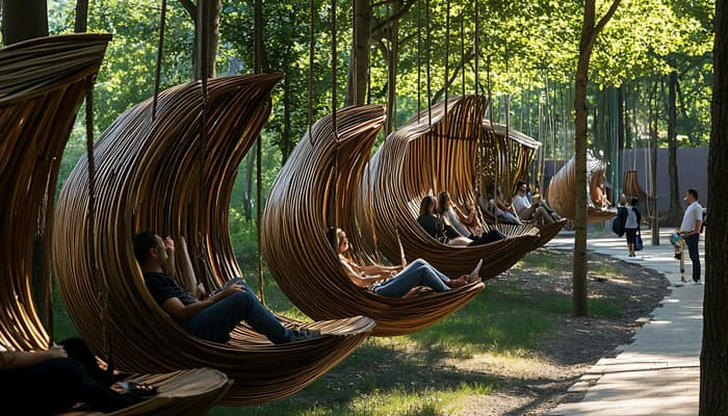
Trees die due to a variety of factors, including:
- Environmental Stress: Drought, extreme temperatures, soil compaction, and pollution weaken trees.
- Pests and Diseases: Insects, fungi, and bacteria can infect and damage trees, leading to their decline.
- Physical Damage: Injury from storms, construction, or animals can compromise a tree's health.
- Improper Care: Poor planting techniques, inadequate watering, and improper pruning can stress trees.
- Old Age: Like all living things, trees have a natural lifespan, and eventually, they succumb to age-related decline.
What Can I Do With a Dead Tree?
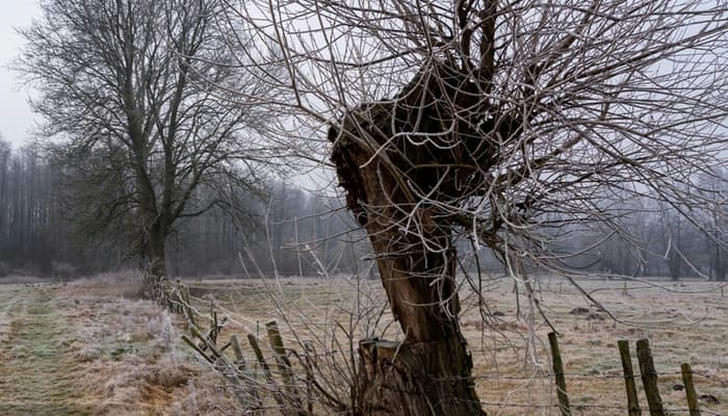
I have plenty of options that you can choose anyone to do with your dead tree. Let's have a look!
Utilizing Tree Branches and Logs in Landscaping
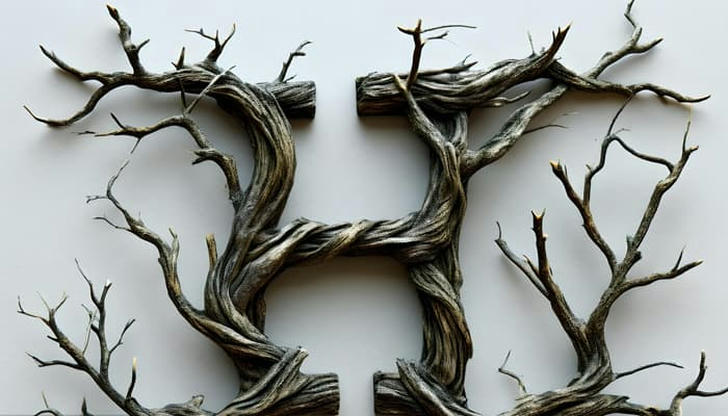
Rather than allowing discarded sections of tree trunks and branches to occupy space in your waste or yard containers, think about transforming them into a sustainable and space-efficient solution.
Use as a Rustic Decor
To achieve a rustic ambiance, consider cutting, stripping, and sanding appealing branches to serve as wall art, landscaping borders, and various other decorative elements. Larger trunks can undergo a similar process, allowing them to function as tables or bench seating.
Craft Miniature Decorative Items

Utilize your woodworking abilities to convert smaller branches or slices of trunk into charming display platters, candleholders, bookends, and other indoor accessories that embody the essence of cabin style.
Transforming a dead tree into a distinctive element of your garden can add character and charm. Consider sculpting it into an artistic piece, suspending bird feeders or lanterns from its branches, or utilizing it as a trellis for climbing vegetation.
Make A Gate or Wall
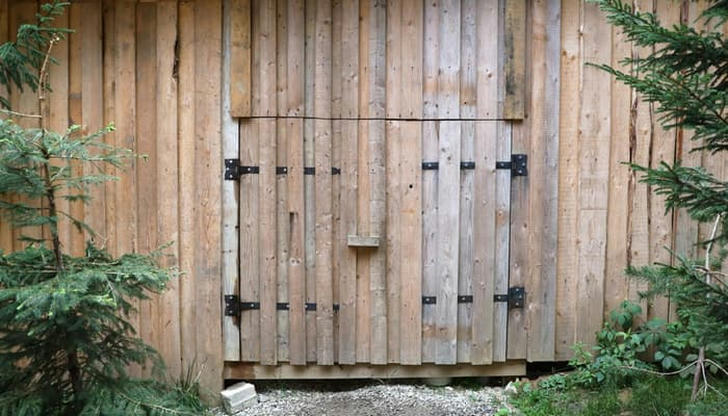
Dead tree limbs can be repurposed to construct natural fences and privacy walls that benefit both you and local wildlife. These branches can also be crafted into lattice designs, gates, or supports. Arranging the limbs in a closely woven pattern can effectively conceal unsightly features on your property, such as an outdoor air conditioning unit.
Remove the Tree

If a tree presents a safety risk because of its size or its closeness to your residence and other buildings, it is advisable to engage a local tree removal expert for its removal. Dead trees can become fragile and unstable, which makes attempting to remove them yourself potentially hazardous; therefore, it is essential to enlist the services of a certified professional for this task.
Allow the Tree to Remain in Nature for Wildlife Preservation
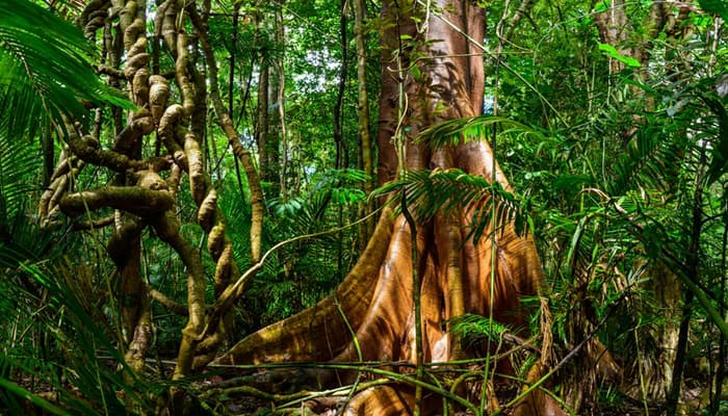
If you prefer not to repurpose the dead tree for landscaping or other projects, consider cutting it down and relocating it to a remote area where it can naturally decompose. This approach offers numerous advantages that may surprise you: as the tree breaks down, it enriches the soil with nutrients, creates safe habitats for local wildlife, and fosters an environment conducive to new growth.
However, since this process may not be suitable for your backyard, it is essential to identify a nearby grove or forest where the tree can decompose in a legal and tranquil manner.
Grind the Stump
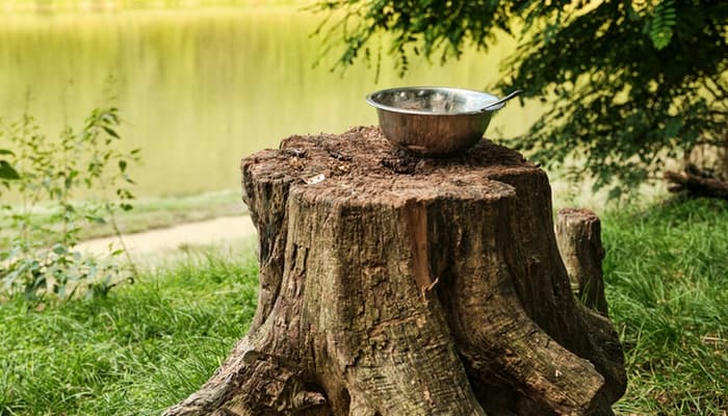
If you have cut down a tree but are left with a remaining stump, you might want to think about stump grinding to completely eliminate it. This method effectively removes the stump from the ground level, thereby reducing the risk of it becoming a tripping hazard or luring in pests. Nevertheless, operating a stump grinder can pose risks if you lack prior experience, so it may be wise to enlist the services of a professional specializing in tree or stump removal for this job.
FAQs
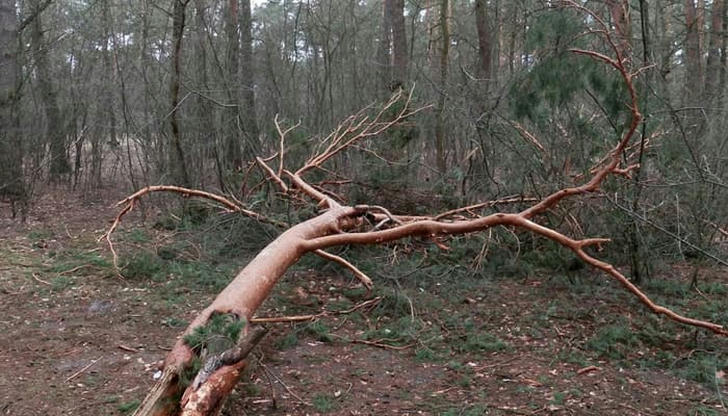
Can I leave a dead tree standing?
Yes, you can leave a dead tree standing if it doesn't pose a safety risk. Dead trees provide valuable wildlife habitat and can be turned into unique garden features. However, it's crucial to assess the tree's stability and proximity to structures or power lines before deciding to leave it standing.
Should I Cut down a dead tree?
Clearing dead trees is crucial for enhancing wildfire safety, and it is essential to understand the proper methods for doing so. If your property contains dead or dying trees, it is imperative to remove the entire tree to mitigate the risk of wildfires.
